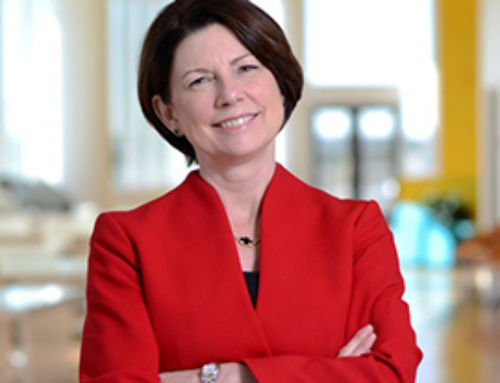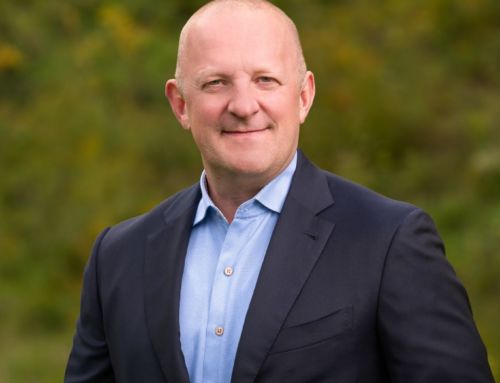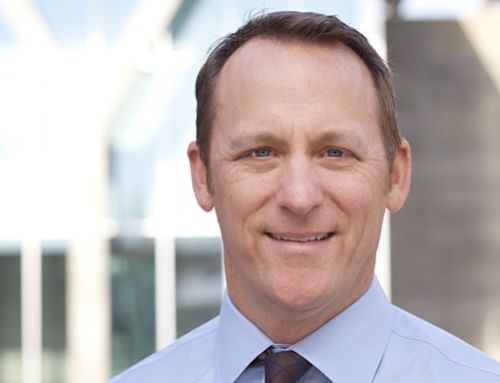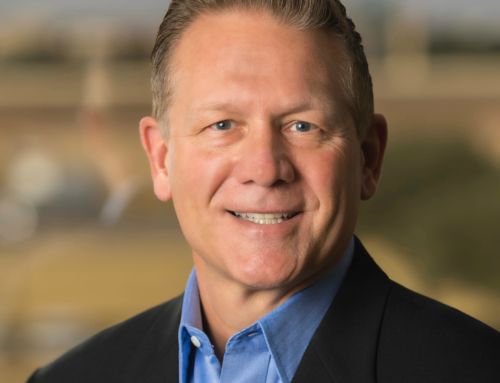BOB BUFORD is known for being the voice of a generation, a prolific author, speaker, and philanthropist whose immense and widespread contribution to business leadership, personal transformation, and the growth of the modern church cannot be measured. Bob’s book Halftime began a movement of an entire generation of successful business professionals transitioning to a LIFE OF EVEN GREATER SIGNIFICANCE and eventually to the creation of the Halftime Institute. Join us as we honor his legacy by exploring Bob Buford’s Top Ten Values over the course of the year.
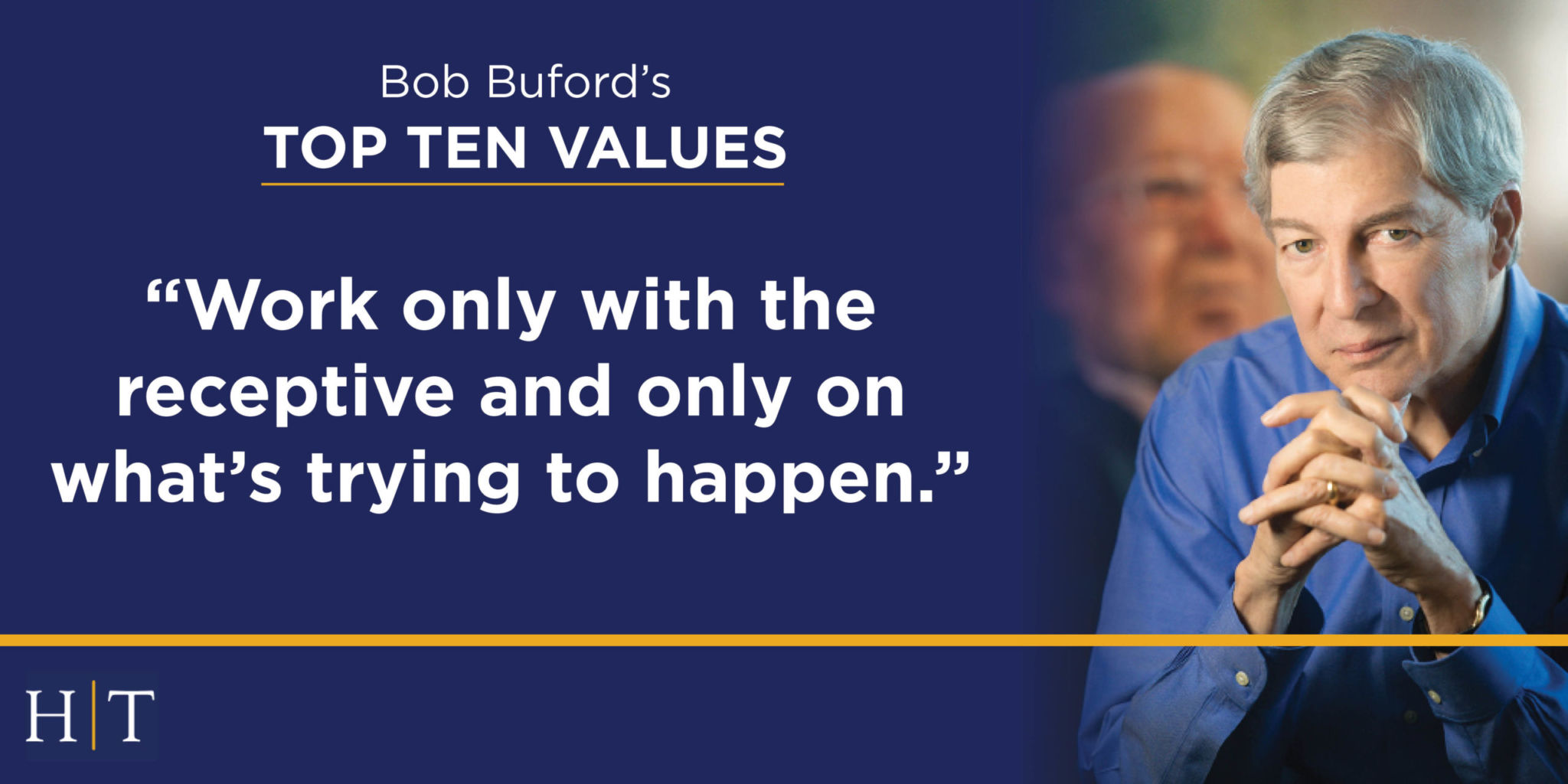
“Work only with the receptive and only on what’s trying to happen.”
-Bob Buford (1939-2018)
By: John Leffin, Halftime Institute Alum and Former Chairman of the Board
If you’ve been around Halftime for long, you’ve likely heard that finishing well is a team effort.
20+ years of real-life relationships and case studies have proven that we benefit from working with others and surrounding ourselves with a Tribe of peers who value our pursuit to live with purpose and significance. There is tremendous leverage — and therefore, impact — in partnering with others. The difficulty is figuring out who to partner with.
Life is too short to work with people who don’t want to work with you.
My financial advisor asked years ago:
Why would you treat a Kingdom investment differently than any other investment, don’t you want to achieve as much leverage and impact as you can?
The fact that we have limited capacity should change the way we deploy our time, talent, and treasure for the greatest ROI. Otherwise, we’re wasting our resources.
So, how do we shift our thinking to put this into action? Here are 4 Actionable Items to Consider:
How to Distinguish What’s Trying to Happen From What Isn’t
1. Look for early momentum.
As Jim Collins explains in his book Good to Great, the flywheel begins to turn slowly when effort is applied. When gauging what is trying to happen, look for signs of momentum that could be early indicators of potential impact. Nothing is built overnight, but you should start to see some progress when you put your shoulder to the wheel.
One of the greatest seasons of impact in my life all started with an invitation to lunch. I was introduced to a young man involved in a local young adults’ ministry, and that invitation for lunch turned into an invitation to join the group on a mission trip to Haiti. From there, my family got involved with Mission of Hope and things just took off. While the technical school we helped develop didn’t materialize overnight, we did begin to see things happen quickly.
The same situation happened when I wrote to Halftime Founder, Bob Buford, 15 years ago. I responded to an email he sent out on a Saturday, and the following Monday received a call from Halftime Partner, Greg Murtha, that eventually landed me in Dallas, Texas at the Halftime offices. Early traction acted as confirmation that I was on the path God wanted me.
2. Notice the headlines that pull you in.
When you scroll through your newsfeed, you take in a steady stream of headlines. Most you ignore, but a handful of articles will cause you to stop and open them. From that group, there may be one or two stories that really grab your attention. Pay attention to these topics! Is there a concept or cause that consistently pulls you in? For example, do you tend to open stories about urban education, healthcare in developing countries, or single motherhood? Pause to consider if there is a common thread that could indicate an area of passion for you to explore.
I’d challenge you to make a conscious effort to take note of this for one week and see what you discover. If you’re intrigued and it sparks any ideas or questions, let’s talk about what could be your next steps.
3. Don’t push the rope.
If you are encountering constant roadblocks, you may be working on something that isn’t trying to happen. I call this ‘pushing the rope’. Pushing the rope will leave you with obstacle after obstacle asking yourself, “why is this so hard?!”
We often think that with a little hard work, we can bring people around to our mission. If we make the right arguments, others will eventually understand and get on board. I’ve learned that this generally does not happen. If they aren’t receptive, I’m onto the next person. This isn’t out of arrogance or pride, but out of a desire to steward and deploy resources effectively.
4. Pay attention to your language.
Words are powerful. When you exert effort on what isn’t trying to happen, it sucks the energy out of you and away from what is trying to happen. How do you know if this is going on? One indicator may be if you consistently come away from certain meetings and conversations feeling worn out rather than excited and fired up. Notice the vocabulary you associate with your commitments. Is it an “I have to” or an “I get to”? Differentiating between obligation and passion will bring clarity to how and where you should direct your energy for maximized impact.
Taking the Next Steps
When I left my career as a partner at Accenture, I used the “Burn the Ships” model. To do it all over again, I’m not sure that I would recommend that route… it isn’t for the faint of heart. I had the ability to totally walk away but didn’t have a clue as to what I would do next. As a result, I ended up in a metaphorical wilderness for 18 months before receiving clarity. While that season served a purpose, a different strategy could have helped me avoid some of that wandering and discouragement.
Since getting connected with my Halftime Coach, I’ve been exposed to the concept of Low Cost Probes, which are a great alternative to pushing the eject button completely. These low-risk options provide a terrific way to test things out, discern what God may be saying, and if handled correctly, are a fairer way to interact with other organizations or individuals. Taking the time to learn about and participate in a mission before diving in headfirst will help protect expectations on both sides, prevent overcommitment, and eliminate a lot of potential missteps.
Click below for a two-part series featuring John’s halftime journey:
Remember, you don’t have to go it alone. Halftime Certified™ Coaches are experts at helping men and women get clear on their mission, discern what’s trying to happen, and engage for leveraged impact. I know from personal experience that the Halftime Team would love to be a resource for you and connect you with a Coach who can serve as a sounding board, thought partner, and encourager for the season ahead. Through an initial conversation they can help point you to the right next steps towards an amazing journey!


